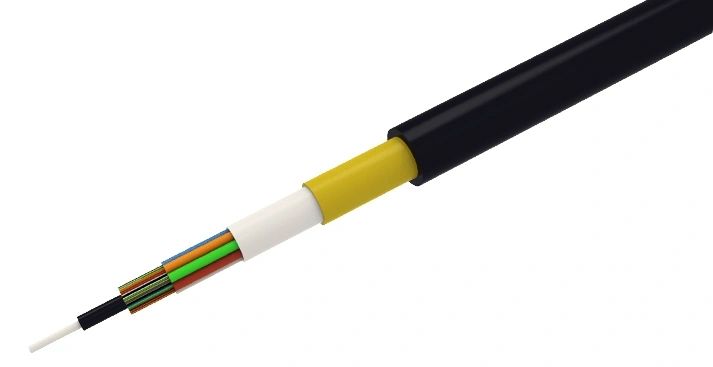Creating a Dependable and Secure Cable System for Outdoor Environments

Outdoor cables play a crucial role in establishing a reliable communication network. Whether it is for telecommunication, internet connectivity, or power transmission, the installation of outdoor cables requires meticulous attention to ensure the stability and safety of the entire system. This article explores the five major aspects that should be considered during the installation process.
1. Cable Selection and Design
The first step in installing outdoor cables is to carefully select appropriate cables based on the specific requirements of the project. Factors such as the environment, temperature changes, moisture exposure, and mechanical stress need to be considered. Different cables have different features, such as UV resistance, water resistance, and flexibility, so choosing cables that meet these demands is crucial for long-term reliability.
2. Proper Cable Routing and Placement
The routing and placement of outdoor cables greatly affect their performance and longevity. Cables should be installed in a way that minimizes exposure to potential hazards, like sharp objects, extreme temperatures, or high traffic areas. Adequate cable supports, such as racks, trays, and conduits, should be used to ensure cables are protected and organized. Additionally, cables should be kept away from power lines to prevent interference or damage from electrical currents.
3. Correct Installation Techniques
The installation of outdoor cables requires proper techniques to guarantee their stability and functionality. This includes ensuring the cables have sufficient slack to accommodate expansion and contraction due to temperature changes. Proper grounding and insulation are also critical to prevent electrical hazards and maintain signal integrity. Cable terminations and splices should be executed professionally, following industry standards and guidelines, to avoid signal loss or data corruption.
4. Regular Maintenance and Inspections
Regular maintenance and inspections are essential to identify any potential issues with the outdoor cable system. This includes checking for physical damages, signs of moisture penetration, or loose connections. Routine inspections can help prevent cable failures and ensure the system remains reliable and secure over time. Regular cleaning, testing, and adjusting of cable components should also be performed to maintain optimal performance.
5. Safety Protocols and Training
Lastly, it is crucial to implement safety protocols and provide proper training to those involved in the installation and maintenance of outdoor cables. This ensures that all personnel are aware of potential risks and follow safety regulations. Proper safety equipment, such as gloves, goggles, and harnesses, should be provided and used accordingly. Furthermore, ongoing training programs should be conducted to keep employees updated with the latest industry practices and safety guidelines.
In conclusion, the stability and safety of outdoor cable systems are of utmost importance. By carefully considering cable selection, proper routing, correct installation techniques, regular maintenance, and adherence to safety protocols, a dependable and secure outdoor cable system can be established. Attention to these five major aspects will ensure the longevity and efficiency of outdoor cable networks, enabling seamless communication and power transmission in various outdoor environments.



